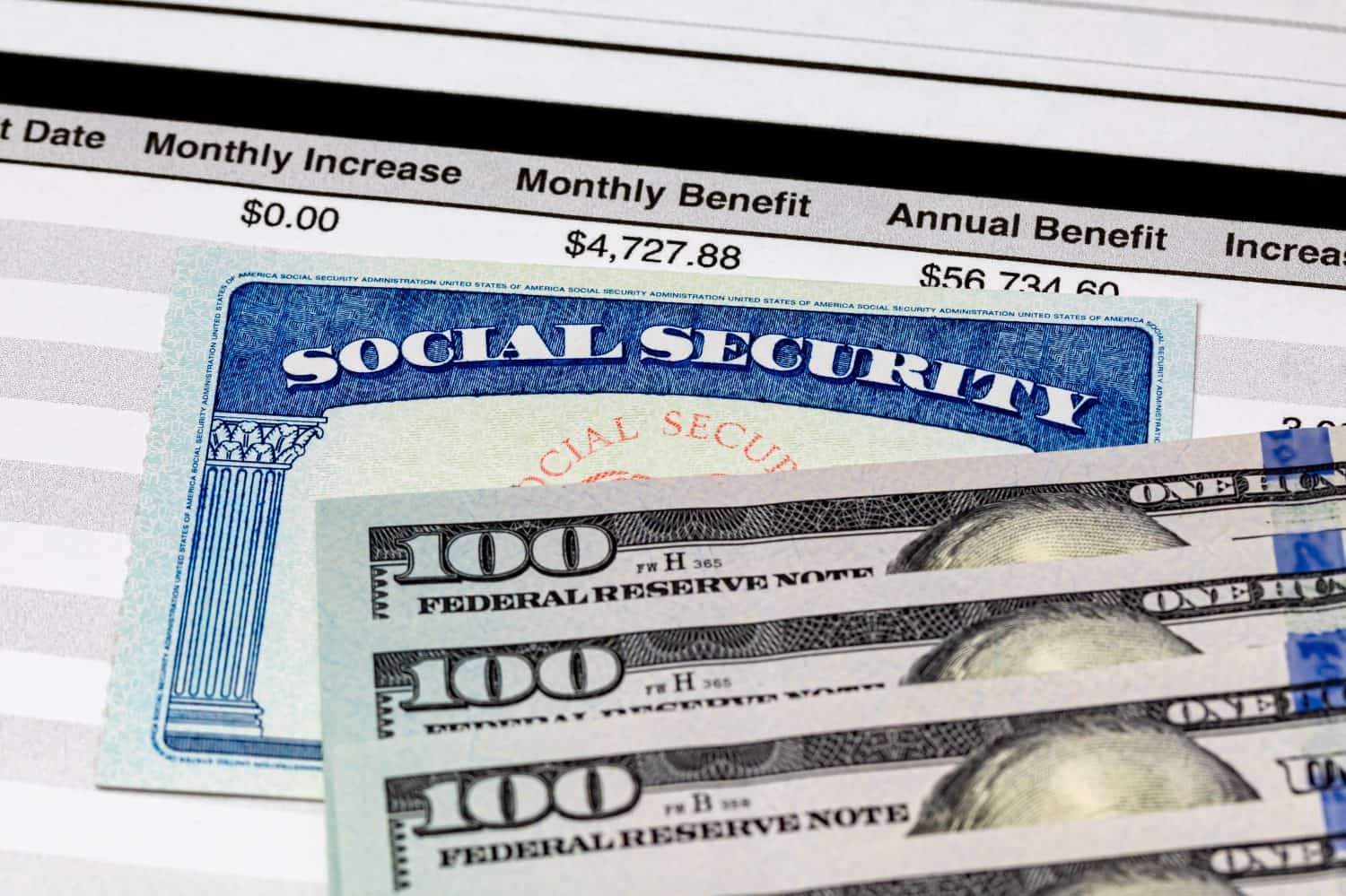
"There are millions of older Americans today who rely on Social Security for income. But the money to fund Social Security has to come from somewhere. And in case you weren't aware, that money largely comes from you - specifically, your paycheck. If you've ever noticed the FICA line item on your pay stub, it stands for Federal Insurance Contributions Act. That's the money you're paying to help ensure that Social Security is around in the future."
"To be clear, when you pay Social Security taxes, you're not funding an account specifically for yourself. Rather, you're helping to fund the program on a whole. The logic is that future workers will then come in and contribute to Social Security so that it can pay benefits to you once you retire, as well as pay benefits to future generations."
"Some workers, however, may be looking at higher Social Security taxes in 2026 for one big reason. Higher earners should expect to pay more Each year, there's a wage cap put in place that determines how much income is subject to Social Security taxes. In 2024, earnings of up to $168,600 were taxable for Social Security purposes. In 2025, earnings of up to $176,100 are taxable toward Social Security."
Millions of older Americans rely on Social Security for income, and payroll taxes fund the program. FICA on pay stubs represents contributions that support current and future beneficiaries rather than individual accounts. The program uses a yearly wage cap to determine taxable earnings; the cap was $168,600 in 2024 and $176,100 in 2025. The wage cap is likely to rise in 2026, which would subject more high earners to Social Security taxes. The Social Security Administration will publish a 2026 update that includes the new wage cap and the cost-of-living adjustment for the year.
Read at 24/7 Wall St.
Unable to calculate read time
Collection
[
|
...
]